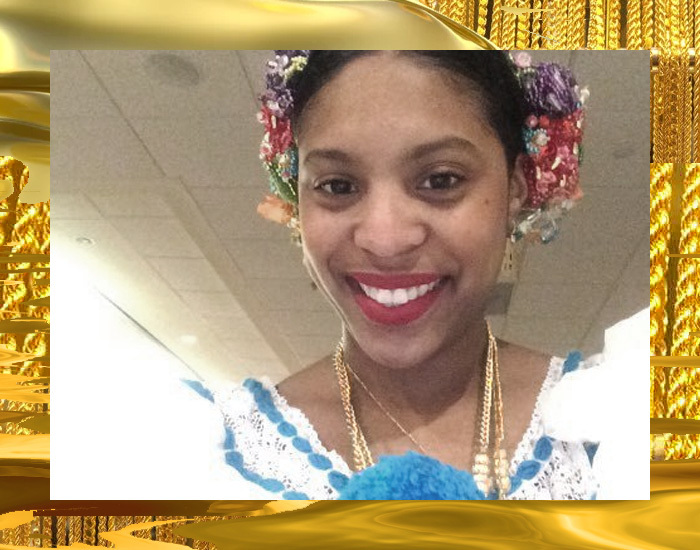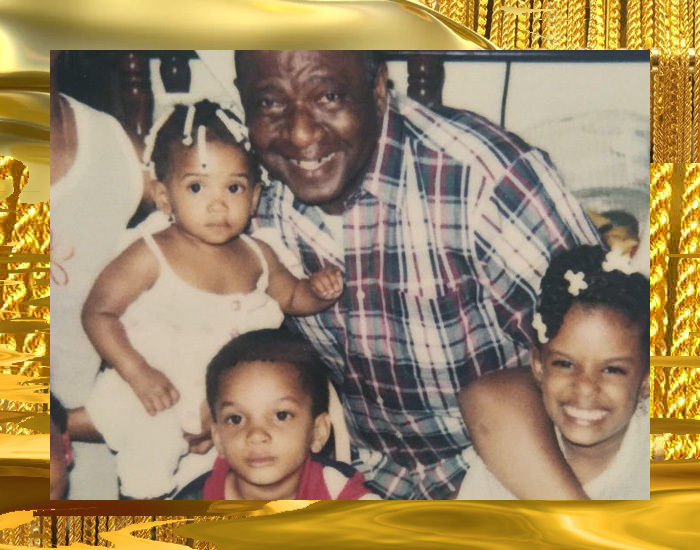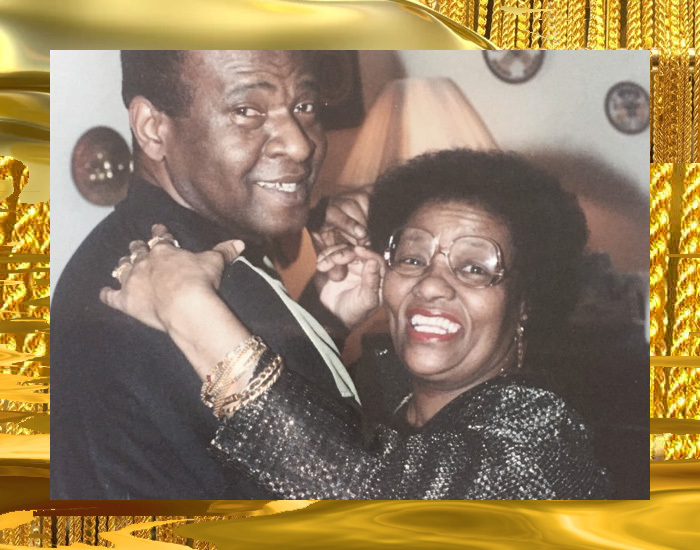Across different communities and cultures, people pile on gold jewelry. They wear gold earrings in neat rows on their ear lobes, they stack gold rings of varying sizes on their fingers, or they layer gold necklaces, which sit sparkling on their collarbones. It’s a highly valued and treasured metal to people across the world, but not every group has as interesting a relationship with gold as Black Panamanians.
This system not only implied that laborers earning silver were inferior, it also maintained gold as a prized possession.
Panama is mainly famous for the Panama Canal. While people may be aware that the small Central American country is about 9 percent Black, they may not immediately know how important gold is to this group. From being an identifier to other Black Panamanians to having spiritual ties, this community values their gold in a way unlike other cultures and one of the reasons traces back to the early 1900s.
According to scholar Carla Guerron Montero’s research, a US government-implemented system in the Panama Canal Zone during the construction of the Panama Canal drew a clear line between white and Black laborers. A difference in precious metals also indicated a difference in social status.
“Thousands of Afro-Antilleans (and approximately 200 African Americans and many southern Europeans), employed in unskilled and semi-skilled positions, were labeled ‘silver employees,’ paid in silver coins, and confined to segregated schools, post offices, stores, recreational facilities, hotels, hospitals, and housing,” Montero writes in “Afro-Antillean Presence in the Latin American Melting Pot.”
This system not only implied that laborers earning silver were inferior, it also maintained gold as a prized possession. “White United Statians (primarily from the South) in skilled trades, clerical, professional and administrative positions were paid in gold coins and called ‘gold employees.’ Though there was an implication that the system paid attention to different degrees of skills, in effect it was a scheme primarily based on color,” Montero continues.

Nowadays, the connection between Afro-Panamanians love for gold jewelry and the Panama Canal may not be readily recognized, but Afro-Panamanians grew up with an understanding of what gold signified. For Alexis Mercado, an educator from Brooklyn who now lives in Philadelphia, gold was her inheritance.
“When I was a little girl, my abuela had little baggies full of jewelry.”
“When I was a little girl, my abuela had little baggies full of jewelry,” Mercado tells me. “She wears earrings and 18 bracelets and 14 anklets, and I remember her saying to me that when she dies, she was going to give me her gold. I think for her and other Black Panamanians, it was them claiming something for the first time. The same way white folks buy a house and want to keep that and give it to their kids as their wealth. For us, that’s what our Black Panamanian grandparents want to give to us as their heirloom and what they can pass on to their children and grandchildren.”
Similarly, television host Katelina Eccleston-Cooper can’t remember a time when gold wasn’t a constant in her life. From her birth, gold has formed a part of her identity.
“I’ve gotten the gold chain, the gold baby wristlet with the beads, and my name – and all of my family members have it, too,” she says. “It was something that was part of of our upbringing.”

It also made her stand out. At her elementary school, Eccleston-Cooper wore gold jewelry; her peers largely did not. So at a time when she worked to assimilate – she didn’t speak English fluently until the third grade – she also didn’t let go of her roots. She proudly wore her gold bracelet, which included her name, the isthmus, and a charm of the Panamanian flag.
For Mercado, passing down the tradition of gold to her son is necessary on a spiritual level.
Before the birth of her son, her abuela came from Panama and gifted him a bracelet to protect him from negative energy and bad spirits, particularly the evil eye.
“It looks a little more pinkish in comparison to what we see as American gold.”
“My ojo de venado,” she says about the amulet made from the seed of a flowering vine, which is now worn as jewelry, “is my culture… I talk to other people and they don’t put things on their babies when they’re born to protect them… Outside of investment, [gold is associated] with spiritual things. That’s why we chose to adorn ourselves in it. We make sure babies have gold. We make sure that when people pass on and we lay them to rest, that they have gold. There must be power in gold for our spirits and who we are.”
But it’s not just any gold they’re acquiring; it’s Panamanian gold. There’s something unique about it, according to Mercado, who describes it as being higher quality and having “more karats, to my knowledge.” It’s something she can easily spot.
“I don’t know if you noticed but Panamanian gold looks different,” she adds. “It looks a little more pinkish in comparison to what we see as American gold. That’s one thing that made me proud about Panamanian gold because I knew it when I saw it. It made me feel different than somebody that had on regular gold earrings or a regular gold chain.”
Despite the importance jewelry holds for Panamanians on several levels, some outsiders call these flashy displays “gaudy” or “ghetto.”

And even among the African Diaspora – many of whom also have a strong relationship with gold jewelry – Black Panamanians have distinct reasons for loving and wearing gold jewelry. Take gold teeth, for example.
“I think that culturally for Black Americans, they associate [gold teeth] with being southern or it being a hip-hop thing,” Mercado says. “I would consider getting gold teeth. With Panamanian culture, it’s something that nobody knows but Panamanians. People don’t really get to know Panamanians or our culture. We don’t have a look, so for us doing little things like wearing our gold or having a gold tooth [is important].”
Both women have faced criticism (or a side eye or two) for their bold jewelry. Mercado knows that some of her co-workers haven’t understood why she wears longer earrings to work. But she has a succinct answer for them: “This is my culture, baby!”
As for Eccleston-Cooper, she’s mindful of the way others see extensive amounts of gold, but it doesn’t stop her from rocking something so embedded in her community.
“They view it as unnecessary; we view it as cultural,” she says. “I understand it from all angles, but in the same way someone wants to buy $200 Gucci flip flops, I can buy a $200 gold tooth. I think Americans can be hypocritical in the sense of how people display money. It’s funny because the majority of people I know who use gold teeth in Panama are black and, they’re not poor, but they’re also not rich. That’s why I tie [gold] so much to Afro-Latinidad because I feel like it’s just as Black as the Afro.”







